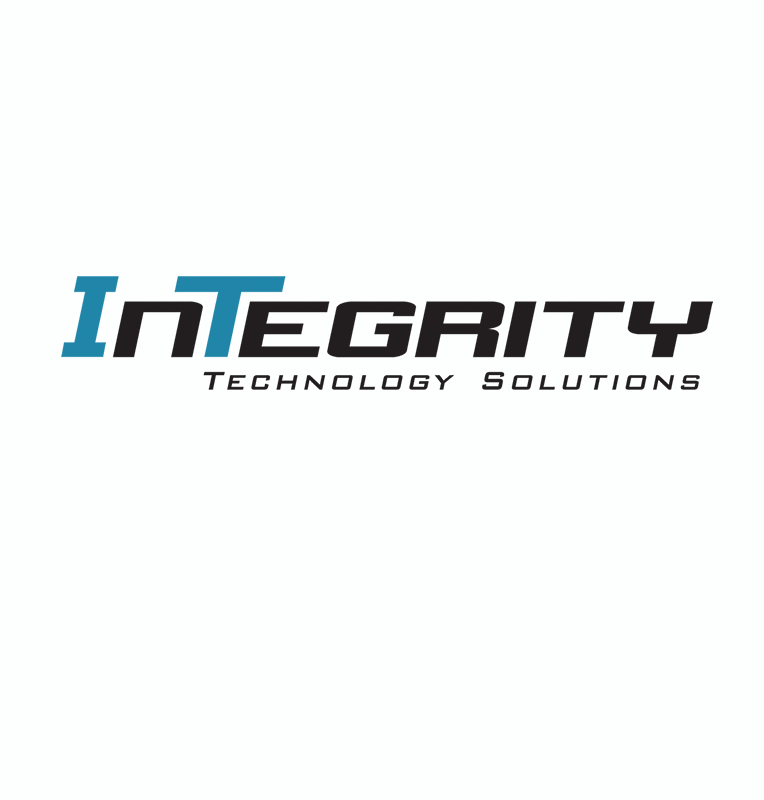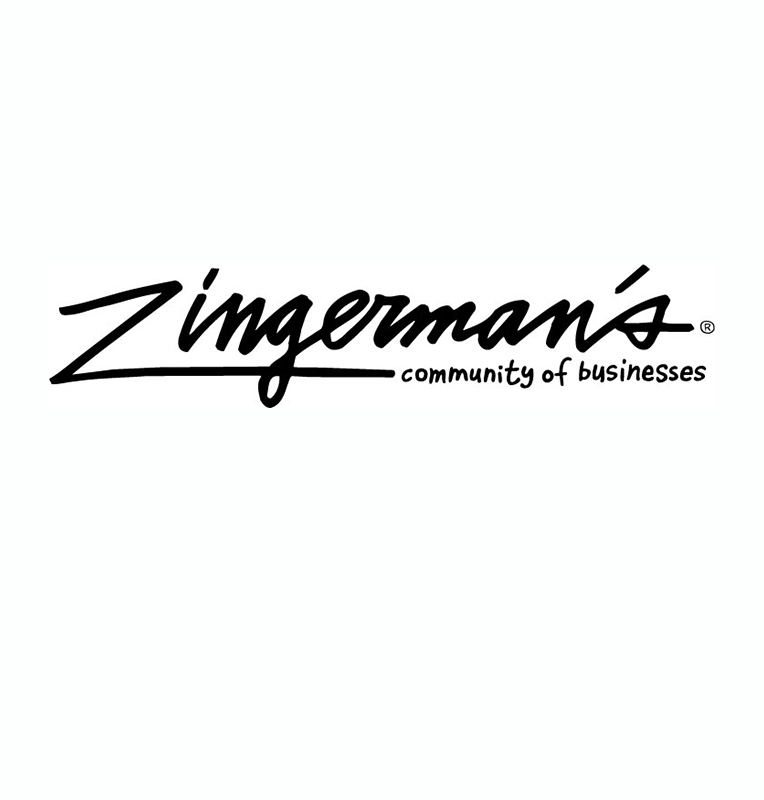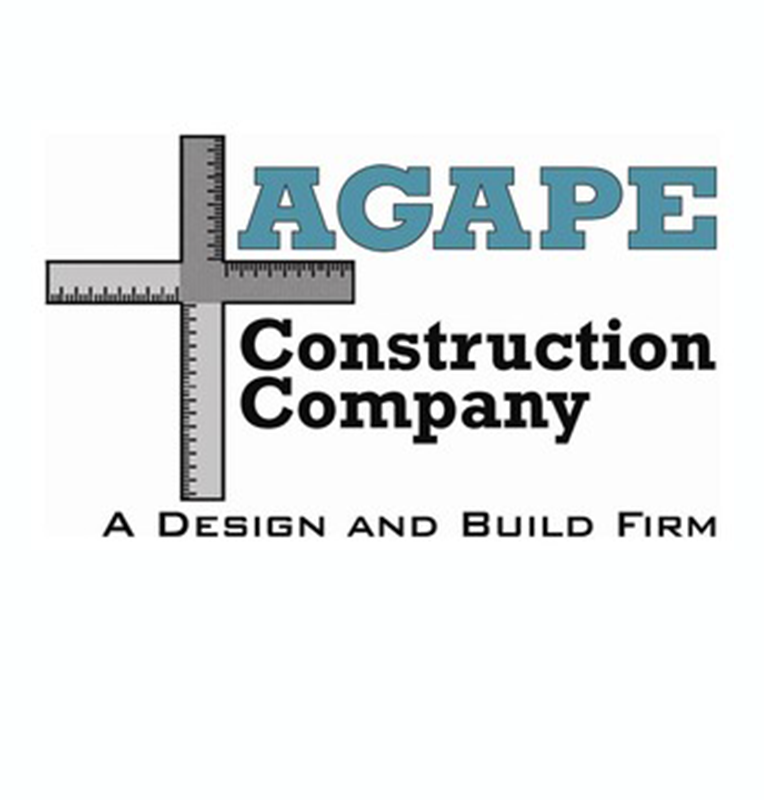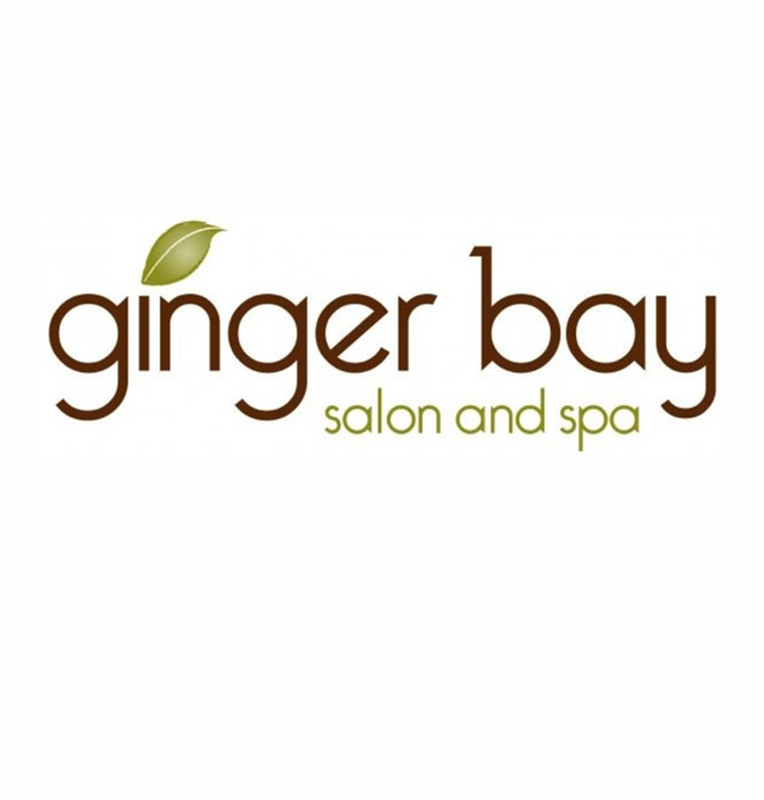Company Background
The truth is that Integrity founder Harlan Geiser first read the book, “The Great Game of Business” back in 1999, after which he picked a few concepts to implement like sharing revenues and handing out year-end bonuses. But after few successful years, those practices fell by the wayside. When the recession hit and the company lost money for the first time in its history during the first quarter of 2009, Geiser was ready for a change. After meeting with GGOB practitioner Jack O’Riley, Geiser decided it was time to revisit GGOB once again.
Business Challenges
The truth is that Integrity founder Harlan Geiser had first come across the GGOB back in 1999, from which he cherry-picked a few concepts like sharing revenues and handing out year-end bonuses. But after a few years, as the company continued to blossom, even those practices fell by the wayside. Then the recession hit and the company lost money for the first time in its history in the first quarter of 2009. That‟s when, thanks to a chance meeting GGOB practitioner named Jack O‟Riley, Geiser decided to revisit the GGOB once again.
.png)















